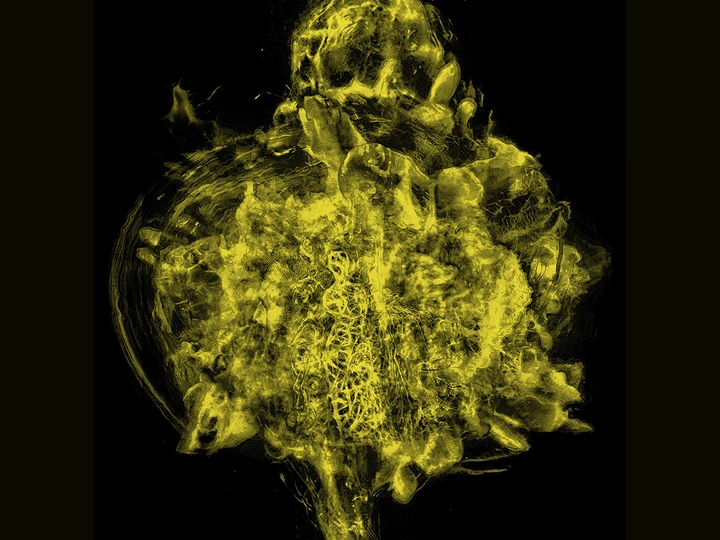Speculative Heritage

I have held exhibitions to present and publicise my work. In my undergraduate I organised 2 exhibitions showcasing my made work. These took the form of a university-based display and discussion on the work and a public exhibition in the city of Aberdeen.
During my master's I was involved in organising four exhibitions most notably the Material and Detail and After Building and graduation exhibitions these were held at Chalmers University of Technology, Gothenburg, Sweden between 2021-23.
After graduating I was invited to take part in a group show at the Röhsska museet, called “Architecture in the borders”, which investigated liminal approaches towards design and representation in the discipline of Architecture. The opening weekend was one of the museum’s busiest with many interested attendees.
Recently I spoke at an event called “Through Technology” at the AHA! Festival, at which I discussed my continuing work about questions of authenticity and representation in the age of digital content generation.
I currently operate in an ad-hoc freelance capacity mainly as a technical assistant to other design professionals. I use the new potentialities offered by emergent technology to explore and discuss assemblages which lie at the heart of our constructed environment. This has led me to focus on how the opportunities offered by the systemic advances in digitised working methods might be best applied most tactically and logically.
I offer training in the form of workshops and one-to-one engagement to allow clients and groups to develop an understanding of the applicability these assets might have to their practice. Specialising in 3d printing and machine learning for use in a creative context both artistic and architectural. I occasionally function as a consultant to organisations who are interested in purchasing machinery. I also work as a technician and adviser on matters such as 3d printing, laser cutting and CNC manufacturing.
The study aimed to develop innovative and data-rich visualizations of personal narratives pertaining to built heritage. Emergent technologies allow for an exciting means of exploring and questioning our actions while hypothesizing possibilities which traditionally might be considered as contentious. Within the context of our understanding of built heritage, the research explored how technology can support the sharing, consideration and appreciation of individual perspectives.
Walter Benjamin (1939) wrote “Humanity’s self-alienation has reached such a degree that it can experience its own destruction as an aesthetic pleasure of the first order”. This was echoed by Baudrillard (1981) where he said, “Illusion is no longer possible, because the real is no longer possible. This research sought to understand how we could communicate and share commonalities in an age where the consensus of reality seems to be splintering rapidly.
Emergent technology can be a means of exploring ingrained signs of usage within built structures, functioning as a way of highlighting the intimate individual interactions that are represented in engagement over time reflecting on temporality and the interplay of actors. The multidimensionality of data set structuring and interpretation, in conjunction with generative networks, offers a way of realising this goal. It seemed appropriate to explore if the ever-accelerating range of new digital contrivances might be applied as critical analytical tools for communicating and preserving subjectivity and allowing for coherent discourse on the past. Through visualisations within public engagement, the research aimed to ultimately make a significant contribution to heritage communication and practice, including deeper embedding of individual and collective voices within a technical framework. It added to discussions on information visualisation and the contextualisation of subjective understanding within an objective framework.